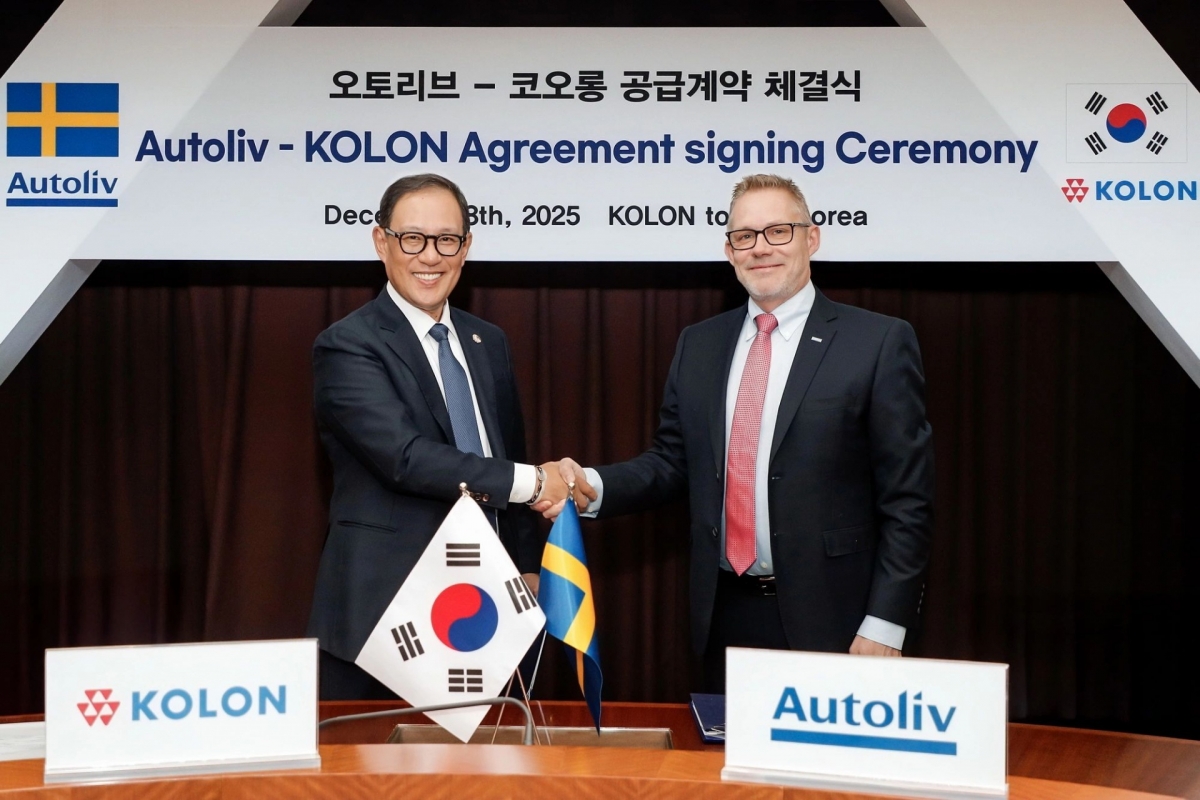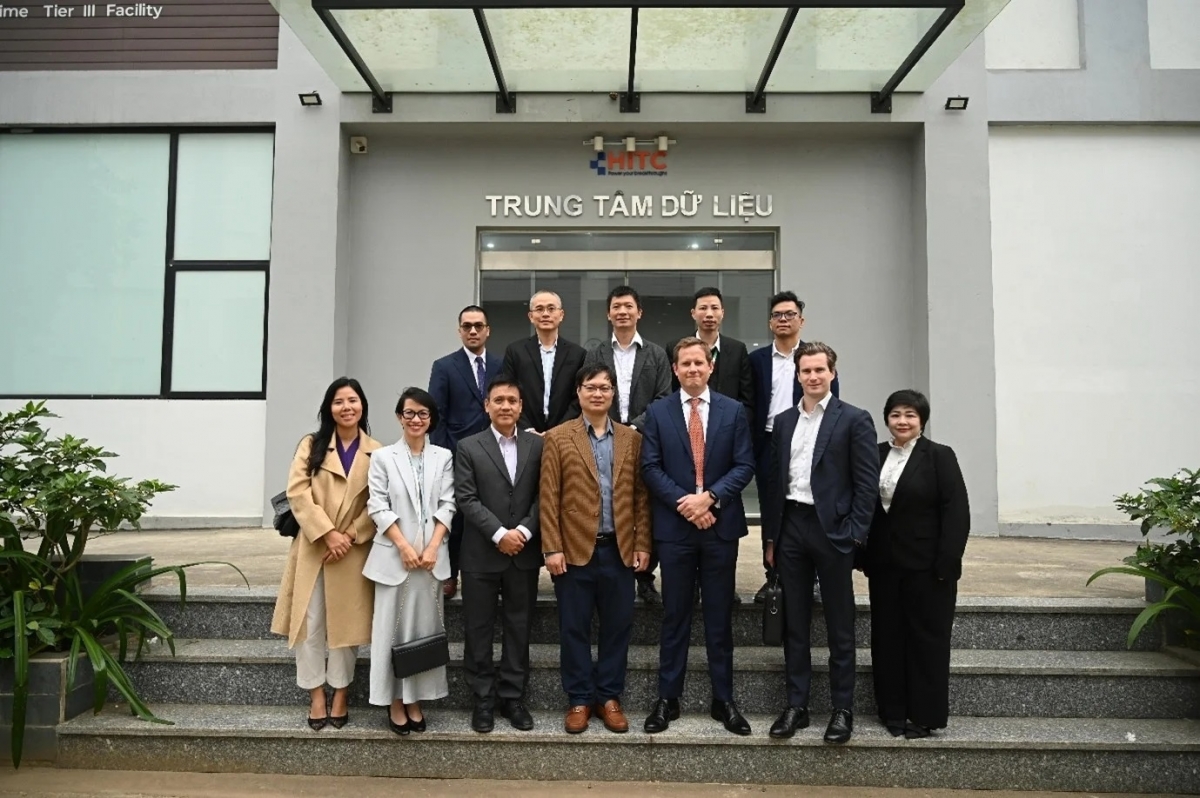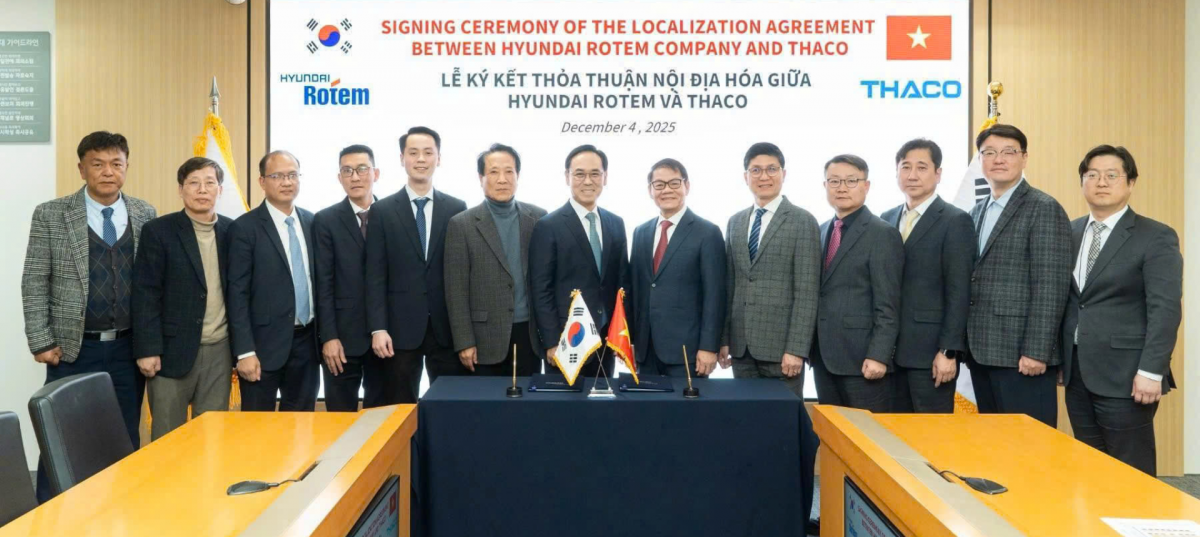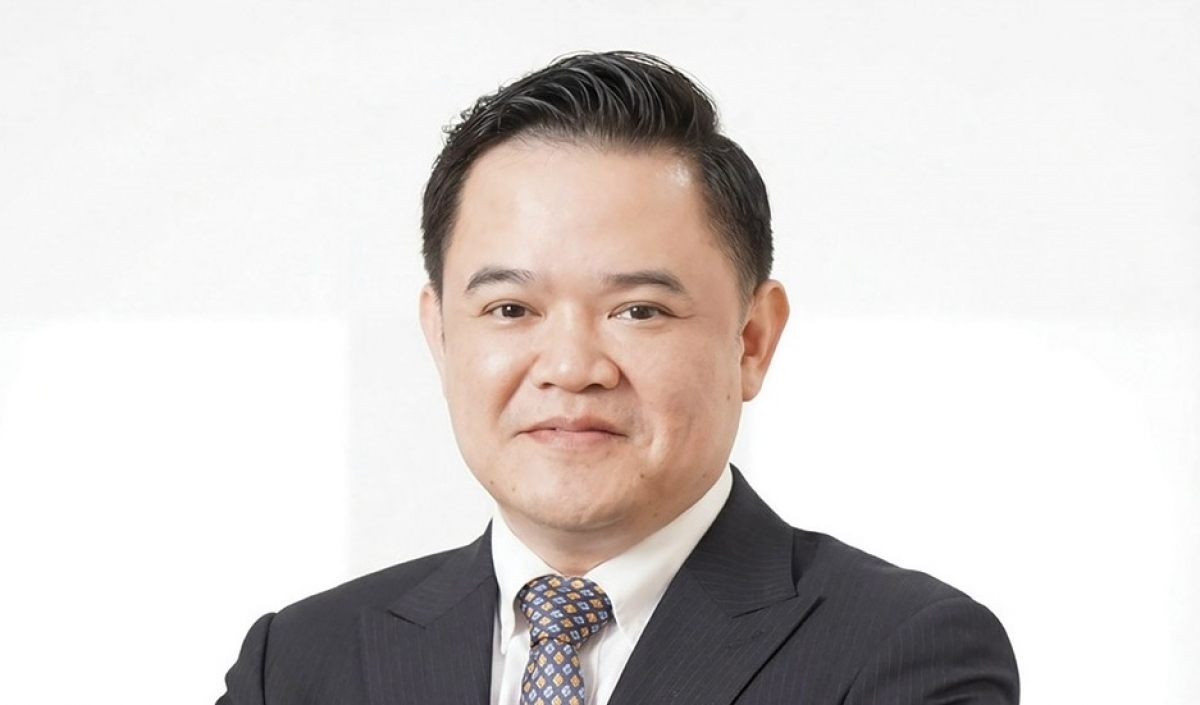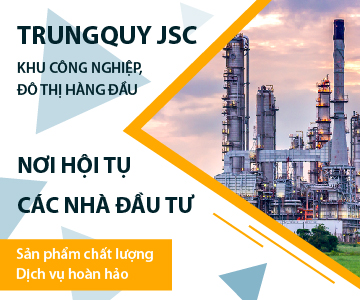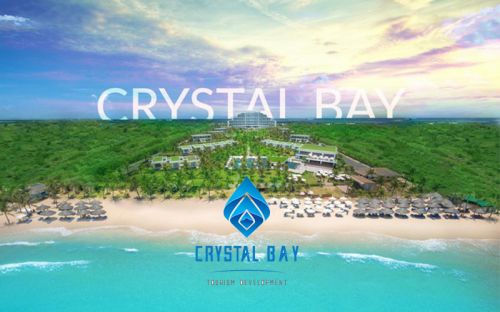INTERNATIONAL INVESTMENT
AND PORTAL
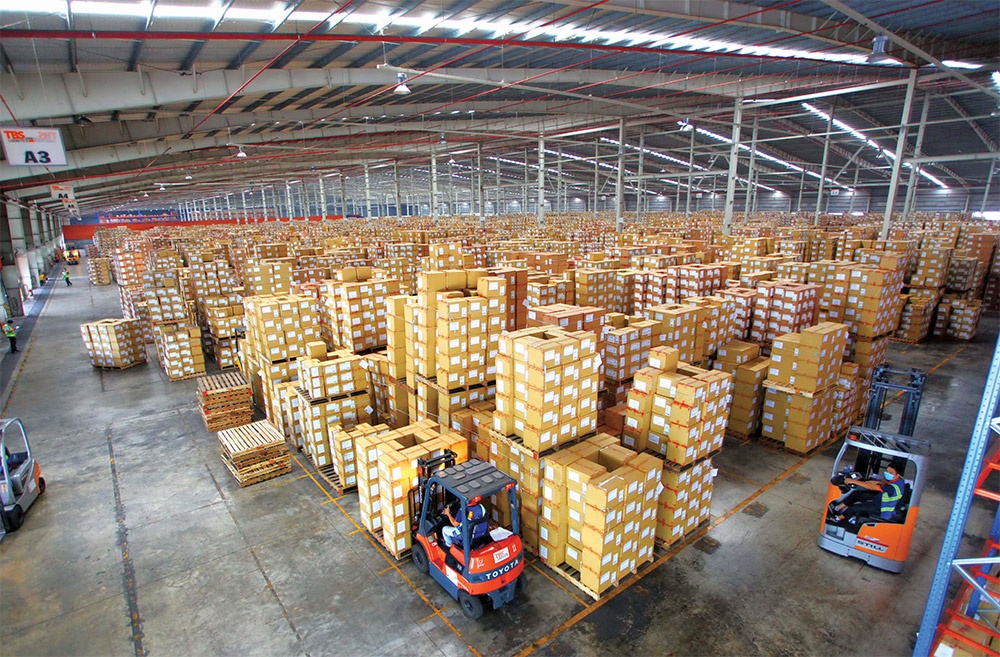 New sites are being built with automation-ready functions, designed for fast-turnover operations, photo Le Toan
New sites are being built with automation-ready functions, designed for fast-turnover operations, photo Le Toan
Covering 14 hectares, KTG Industrial at the Vietnam-Singapore Industrial Park Bac Ninh 2 is delivering seven factories in its first phase, with a total floor area exceeding 44,000 square metres.
A standout feature is the flatness and balance of the factory floors, built in compliance with ACI standards. This design allows for the installation of high-precision machinery while minimising vibrations, a crucial requirement for automated and high-tech production lines.
It also offers an electrical infrastructure that can be upgraded from 100 to 200W per sq.m, supported by a modern insulation system. Energy-efficient features include LED lighting, water-saving sanitary fixtures, and improved insulated roofing.
The design is future-oriented, with rooftops ready for solar panel installation, parking spaces equipped for electric vehicles, and an energy management system to monitor electricity consumption and emissions in real time.
According to Tran Quang Trung, head of Project Development at KTG Industrial, the developer’s vision extends beyond providing industrial space.
“We aim to create a working environment that not only enhances productivity but also protects the environment and improves quality of life for employees,” Trung said.
Meanwhile, Mitsubishi Estate Vietnam, developer of the Logiscross brand, launched its first ready-built warehouse project, Logiscross Nam Thuan, in Tay Ninh province in the south in August.
Speaking with VIR, Takashi Kagamoto, general director of Mitsubishi Estate Vietnam, said the facility comprises three single-storey warehouses with 200 lux LED lighting and international-standard early suppression and fast response fire safety systems. The site is automation-ready and designed for fast-turnover operations and last-mile logistics.
“Logiscross Nam Thuan is equipped with 64 loading docks, a clear ceiling height of 11 metres, and a floor loading capacity of three tonnes per sq.m, supporting efficient racking and heavy-duty logistics equipment,” he said.
The company is preparing to open its second ready-built warehouse in the northern city of Haiphong in Q3, incorporating similarly advanced technologies.
Meanwhile, construction began in August on the Nam Binh Xuyen Green Park Industrial Zone in Phu Tho province, 35km from Hanoi.
Developed by CNCTech Industrial, the nearly 300-hectare project is designed as a next-generation industrial park combining modern technology, sustainable infrastructure, and intelligent operational systems.
The park will feature a centralised artificial intelligence-integrated management system operating 24/7 as the hub for managing and coordinating the entire site.
“This system enables real-time monitoring of critical areas such as electricity, water, security, environmental treatment, and logistics. It helps businesses mitigate risks, improve efficiency, and optimise infrastructure management costs, which is essential to reducing the total cost of ownership for large-scale factories,” CNCTech said in a statement.
All factories within the park are designed to accommodate rooftop solar power systems, with a total projected capacity of 102MVA.
The water supply, drainage, and wastewater treatment systems are designed for a capacity of 20,000sq.m per day, using a closed-loop circular model that meets Vietnam’s Class A environmental standards and supports efficient reuse of water resources. The park targets green certifications such as LEED and EDGE.
Meet rising demand
According to Cushman & Wakefield Vietnam, the relocation of entire supply chains to alternative markets, including Vietnam, to take advantage of policy stability and favourable transshipment tariffs, is accelerating.
Bui Trang, country head of Cushman & Wakefield Vietnam, noted that this trend extends beyond final-stage assembly.
“This has created a significant boost for the premium ready-built factory segment, which is considered a strategic product within Vietnam’s industrial real estate market,” Trang told VIR.
Previously seen as a weakness, the technical capability and construction standards of Vietnamese factories have now become a competitive advantage. Vietnam’s current ready-built facilities meet relatively consistent standards, satisfying the production needs of most light and medium industries, Trang added.
A Cushman & Wakefield report released in August showed that supply of ready-built factories has grown significantly since the first facilities were launched in 2017, reaching roughly 11 million sq.m with an occupancy rate above 85 per cent as of Q2.
Ho Chi Minh City (three million sq.m), Dong Nai (2.2 million sq.m), Bac Ninh (1.6 million sq.m), and Haiphong (2.2 million sq.m) lead the country in supply, forming attractive industrial clusters for foreign investors.
Most factories use pre-engineered steel structures with anti-corrosion coatings, insulated roofing, and disaster-resilient designs. Ceiling heights range from four to 13 metres, enabling installation of large machinery and natural ventilation. Floor load capacities span up to 4,000kg per sq.m, accommodating a broad range of industrial equipment.
National standards on electricity, lighting, and fire safety are also strictly followed. Lighting levels range depending on the area, combined with natural ventilation and negative-pressure exhaust fans to ensure optimal air quality.
“With these technical specifications, Vietnam’s ready-built factories now offer parameters that satisfy the vast majority of industrial production needs, from load-bearing capacity and ceiling height to fire safety and basic technical systems,” said Trang. “They are well-suited for manufacturers in sectors such as electronic components, semiconductors, industrial equipment, and automation.”
For businesses requiring specialised features such as cleanrooms, dust control, or advanced flooring to support heavy machinery, developers can provide customised solutions quickly, supported by flexible design systems and readily available construction resources.
The market outlook over the next five to 10 years remains highly positive. Vietnam’s open foreign investment policies, combined with commitments to upgrade transport, seaport, and energy infrastructure, create a favourable investment environment. Meanwhile, the growing prevalence of green factories built to international standards enables Vietnam to meet the increasingly strict environmental, social, and governance requirements of corporations from around the world.
High-tech focus
Meanwhile, a surge in foreign direct investment, combined with low interest rates, is fuelling a wave of new industrial park (IP) developments and expansions nationwide. Projects are being approved and launched in succession, increasing land supply while investing heavily in infrastructure, logistics, and ready-built facilities.
In the south, Tay Ninh People’s Committee has approved the investment plan for the Binh Hoa Nam 1 IP in Duc Hue commune. Covering 322ha, the project has a total investment of around $156 million and will be developed by Hoan Cau Long An.
Planned as a clean, multi-sector park, the complex will prioritise high-tech industries, supporting sectors, energy-efficient operations, and environmentally friendly manufacturing.
This marks Tay Ninh’s second approved IP project this year, following Xuyen A’s third phase. Previously, the province inaugurated infrastructure for the Thu Thua IP, with an investment of around $120 million.
Under its master plan through 2030, with a vision to 2050, Tay Ninh aims to host 59 IPs, over 80 clusters, four international border gates, three border-gate economic zones, and one international port.
To date, the province has established 46 IPs covering more than 14,500ha. This network is seen as a key growth driver to help Tay Ninh achieve its 2025 regional GDP growth target of 9–9.5 per cent.
Meanwhile, in Ho Chi Minh City, Becamex IDC has broken ground on the Cay and Bau Bang 2 IPs. These projects represent initial steps towards developing an international-standard smart eco-industrial hub, positioning Bau Bang as a future centre of industry and innovation.
According to Pham Ngoc Thuan, CEO of Becamex IDC, the company is shifting towards developing green, low-emission IPs while integrating innovation and renewables. By adopting rooftop solar, solar farms, and smart energy storage solutions, these developments will secure a stable power supply and aid sustainability ambitions.
“We are partnering with the World Bank to conduct a pre-feasibility study and develop a roadmap for an international eco-IP at Cay Truong and Bau Bang,” Thuan said. “This strategy supports green growth while creating a distinct competitive advantage for exporters targeting markets with strict carbon-emission regulations.”


